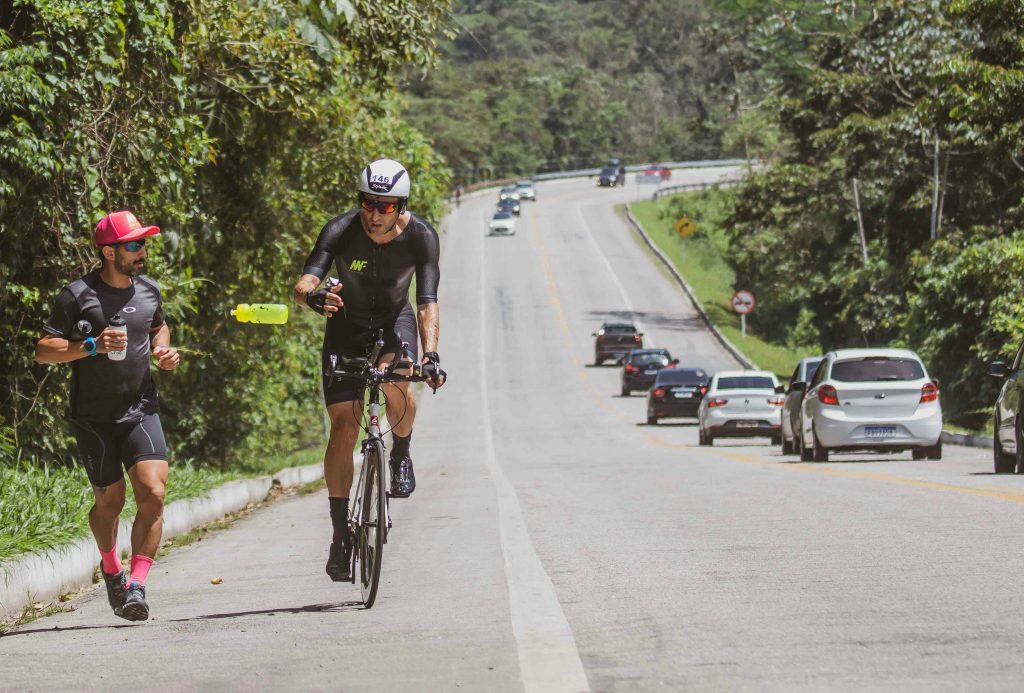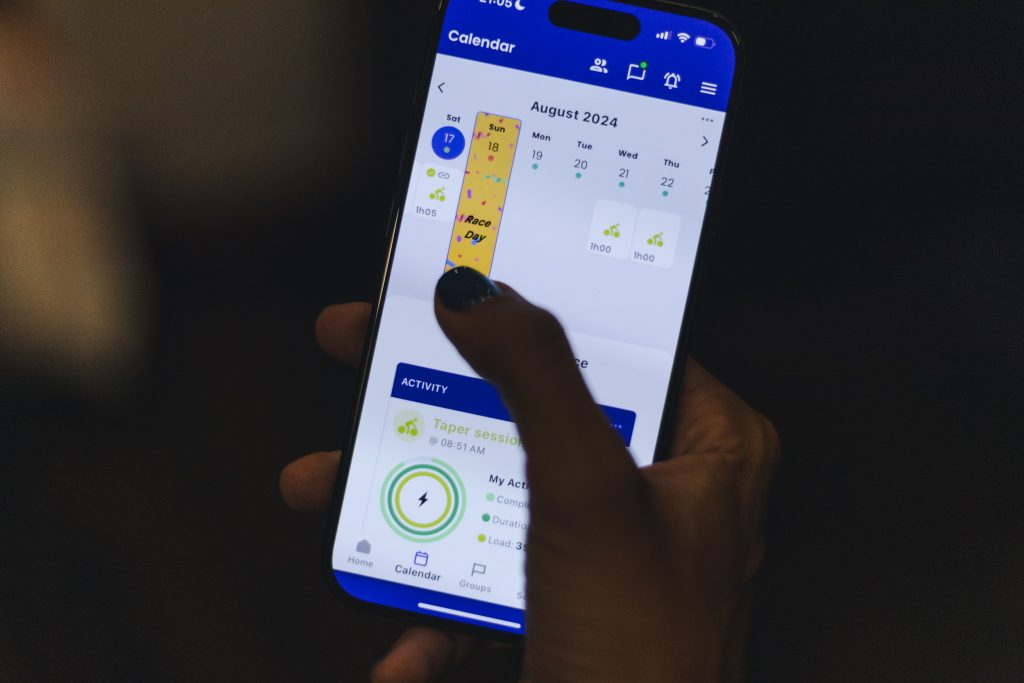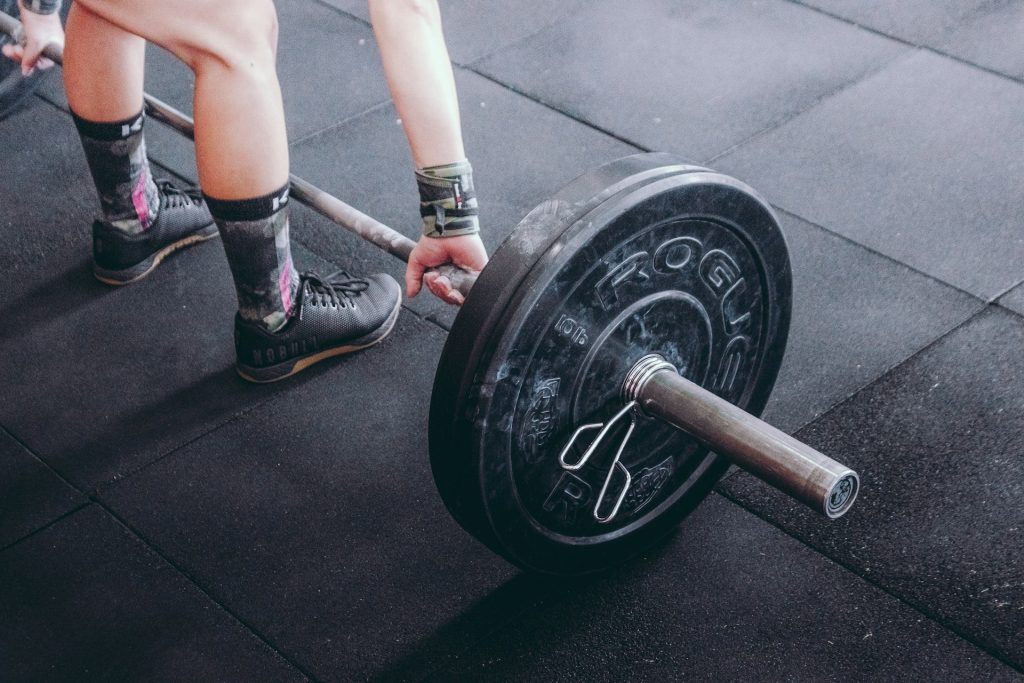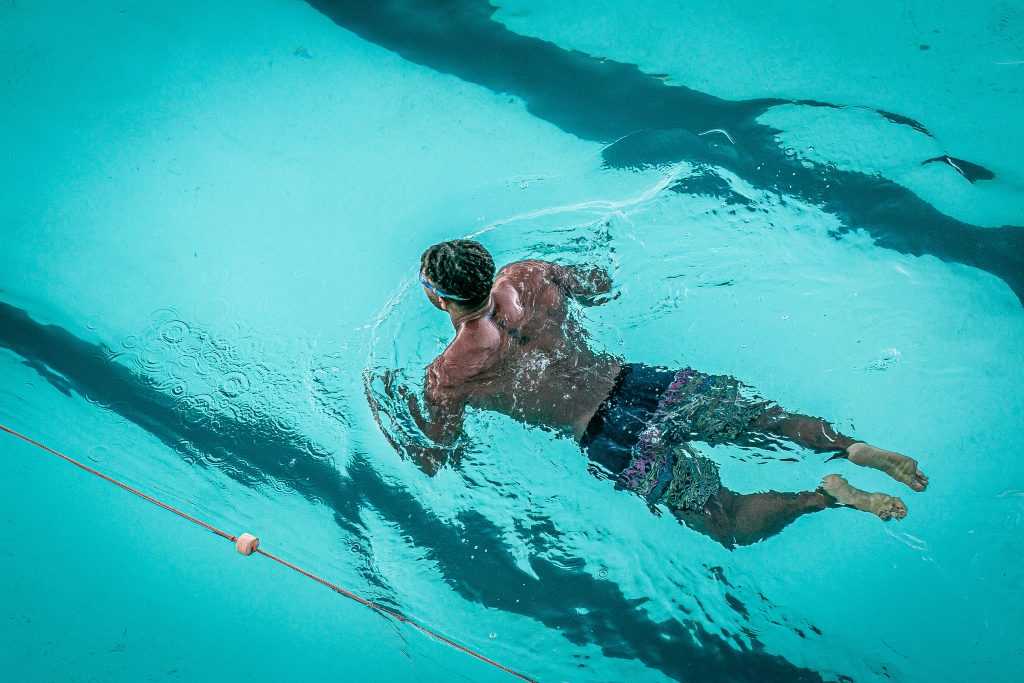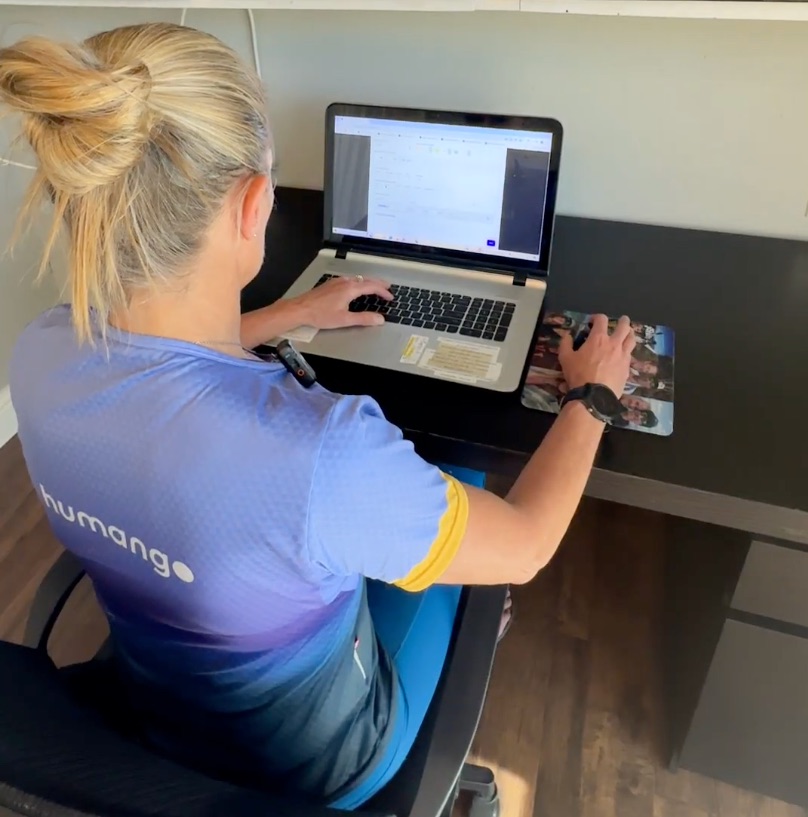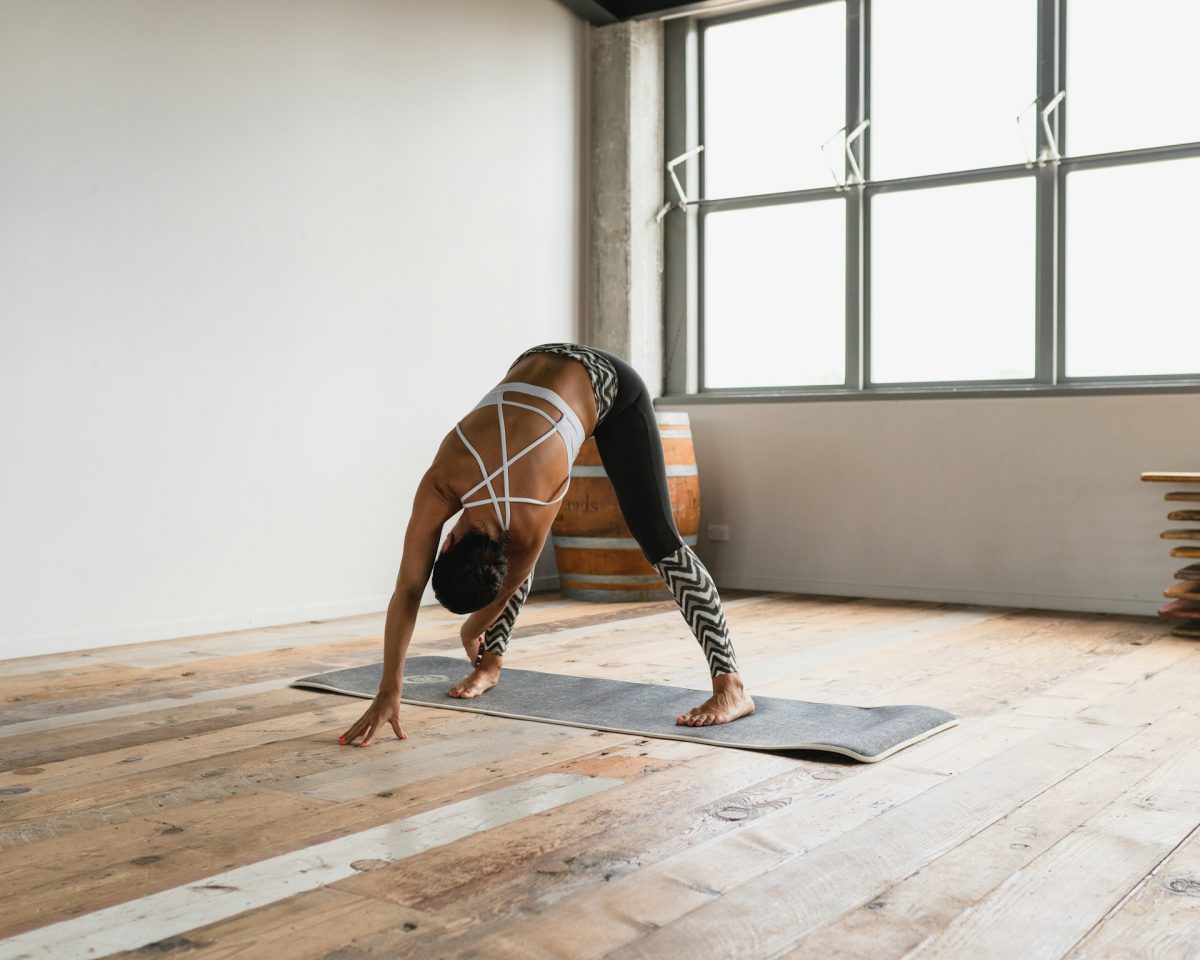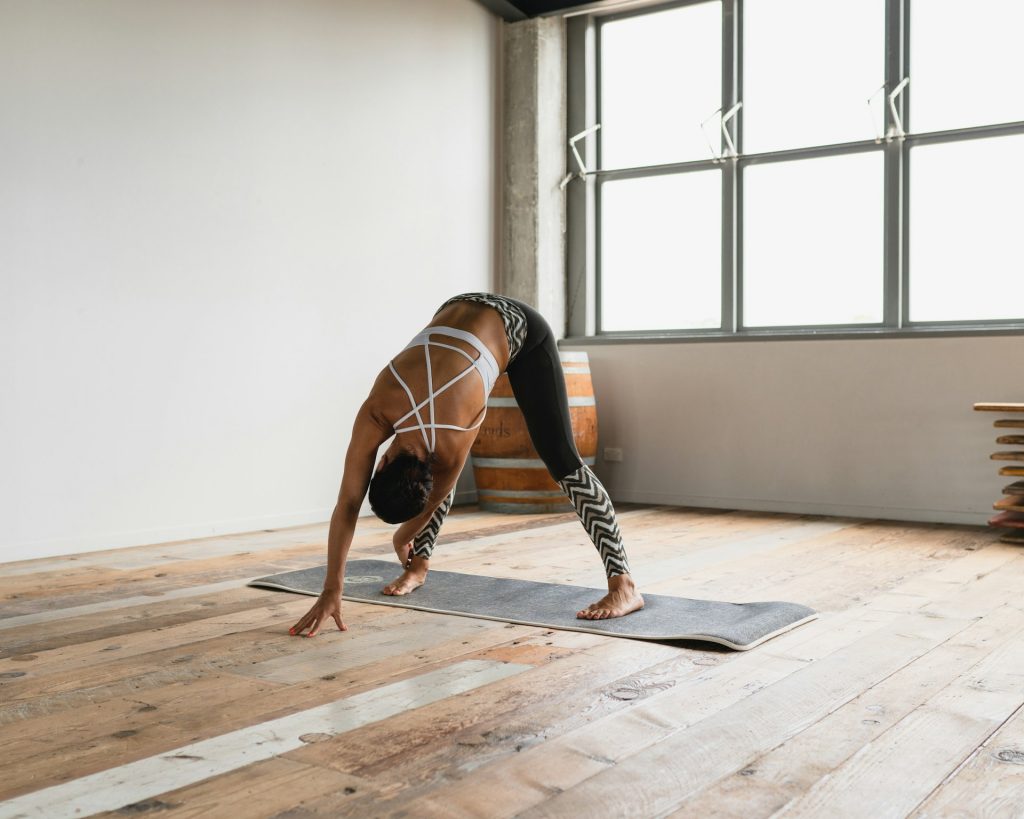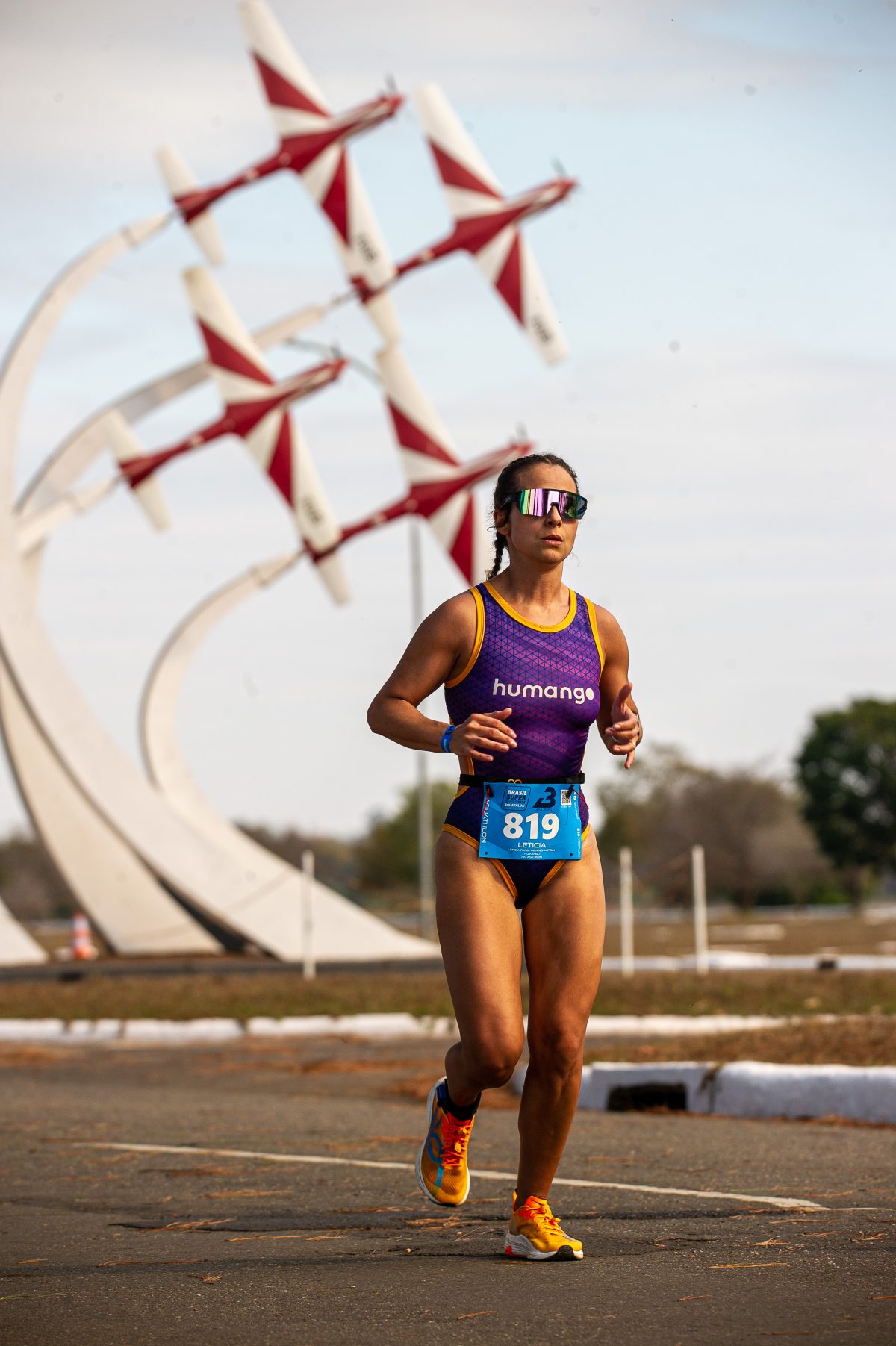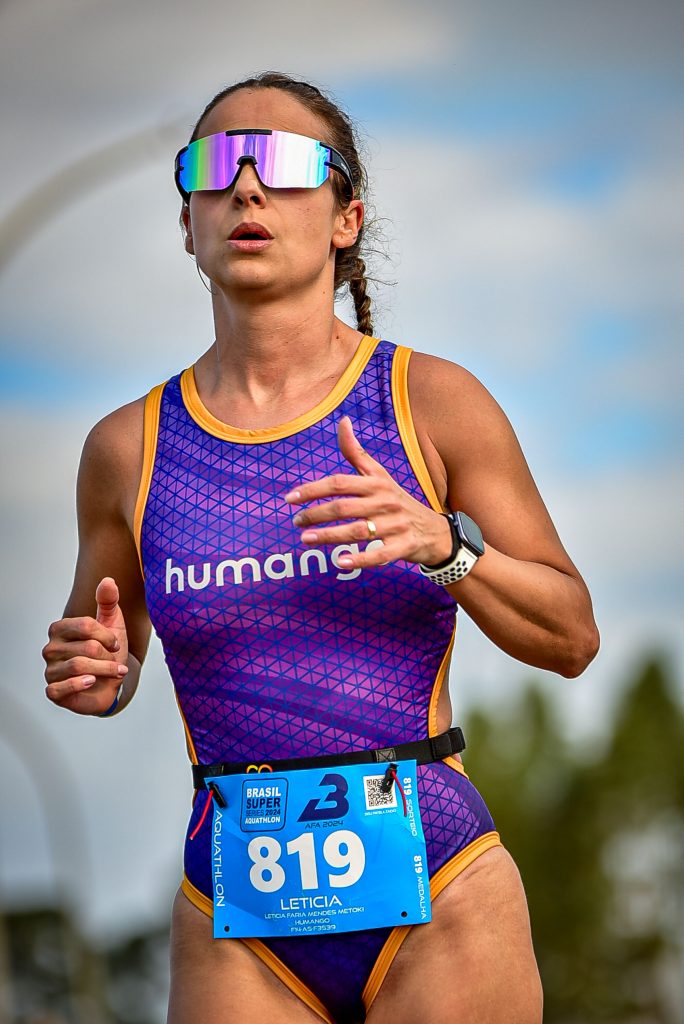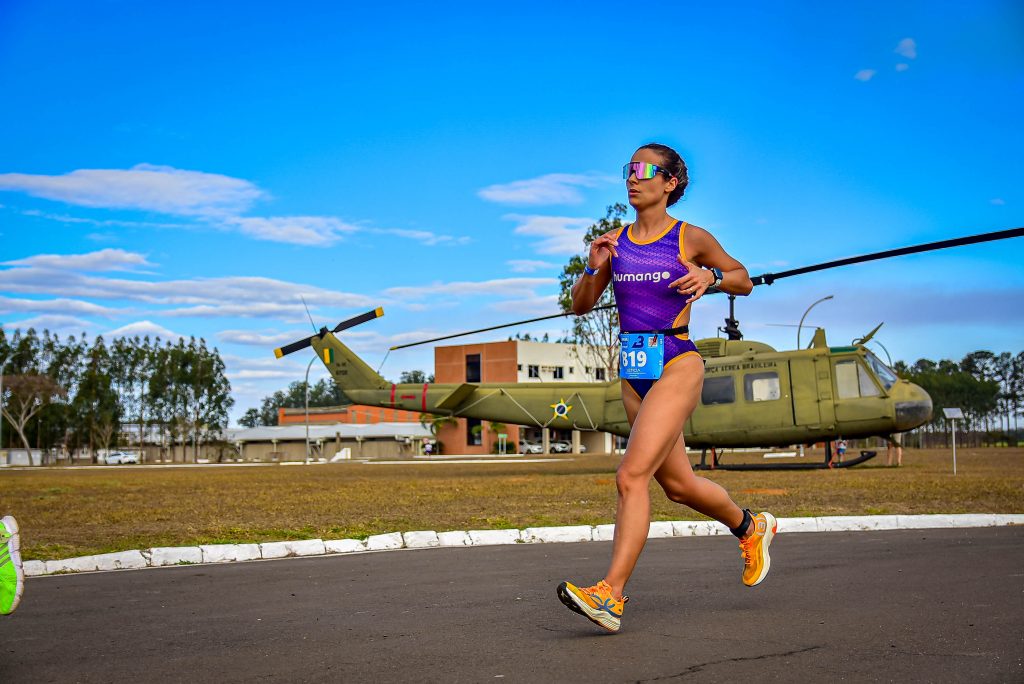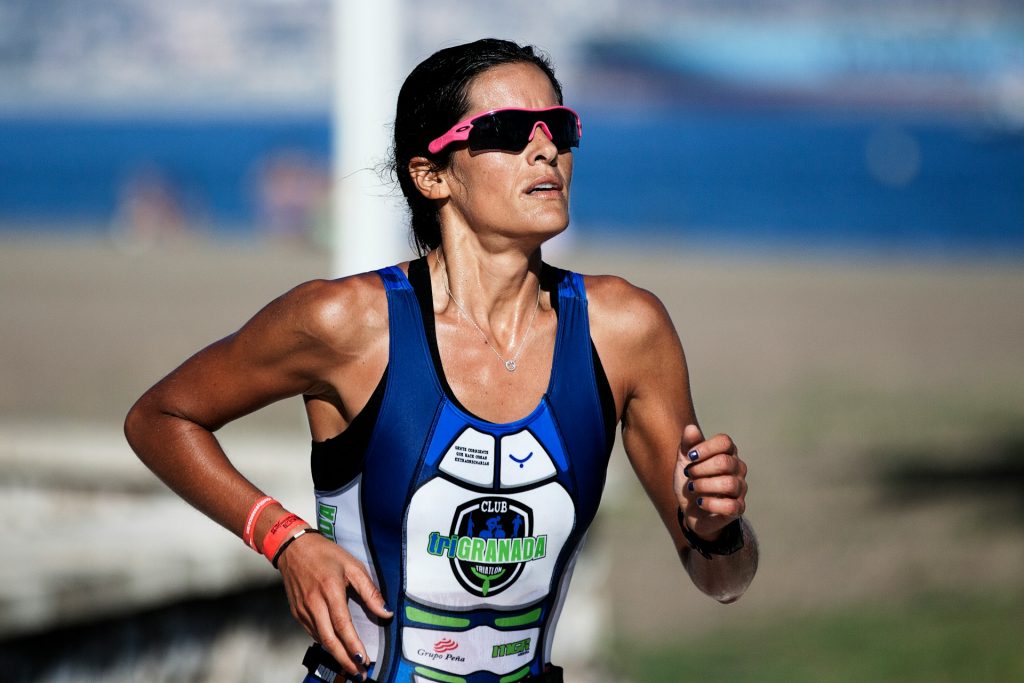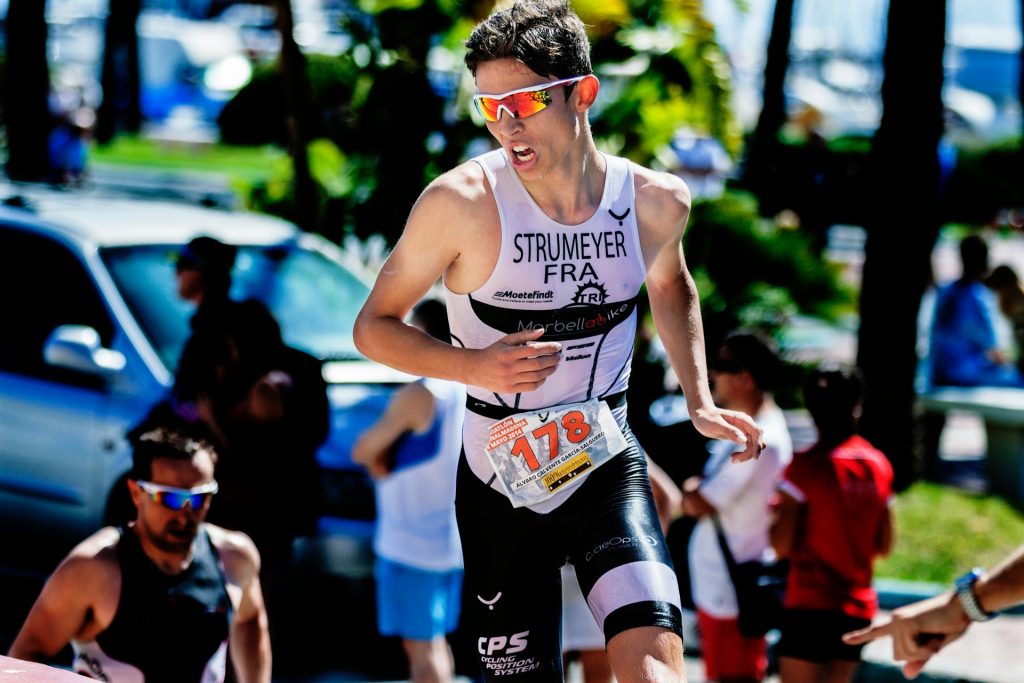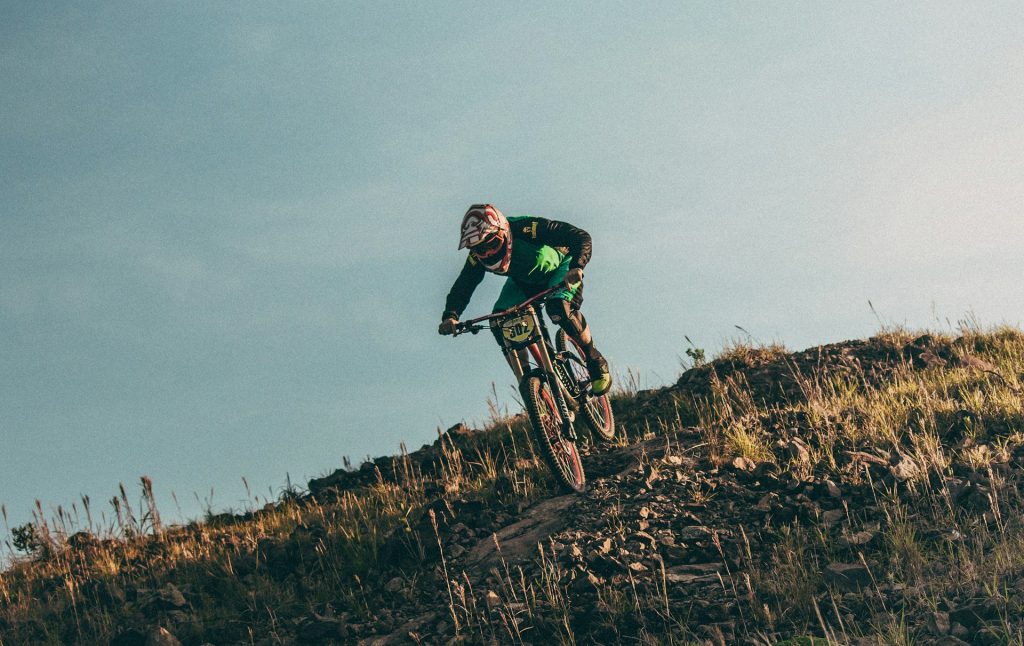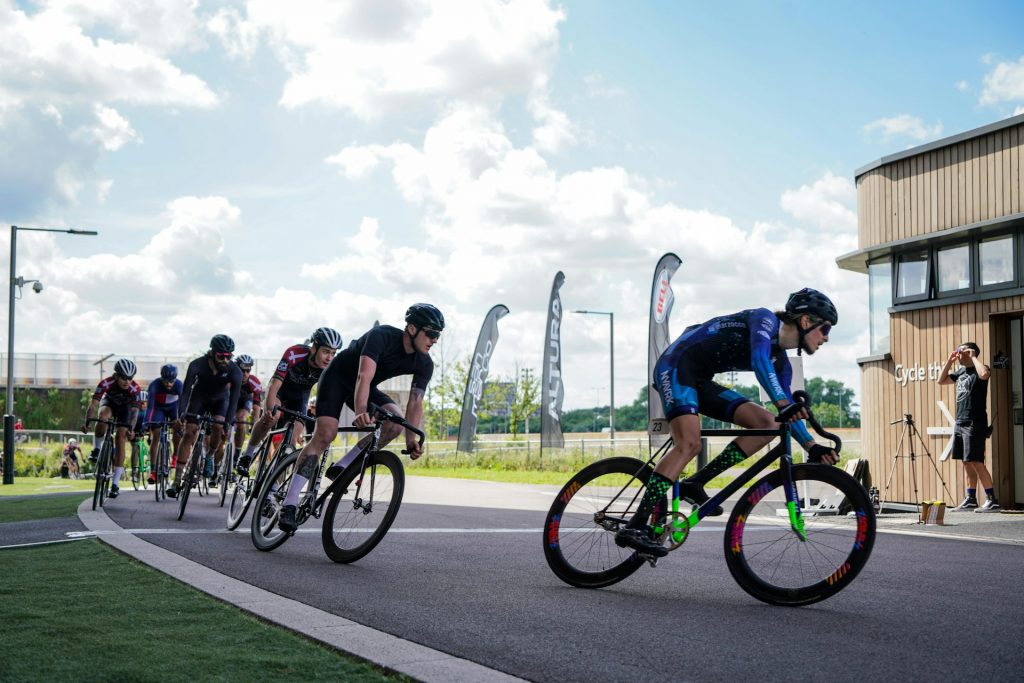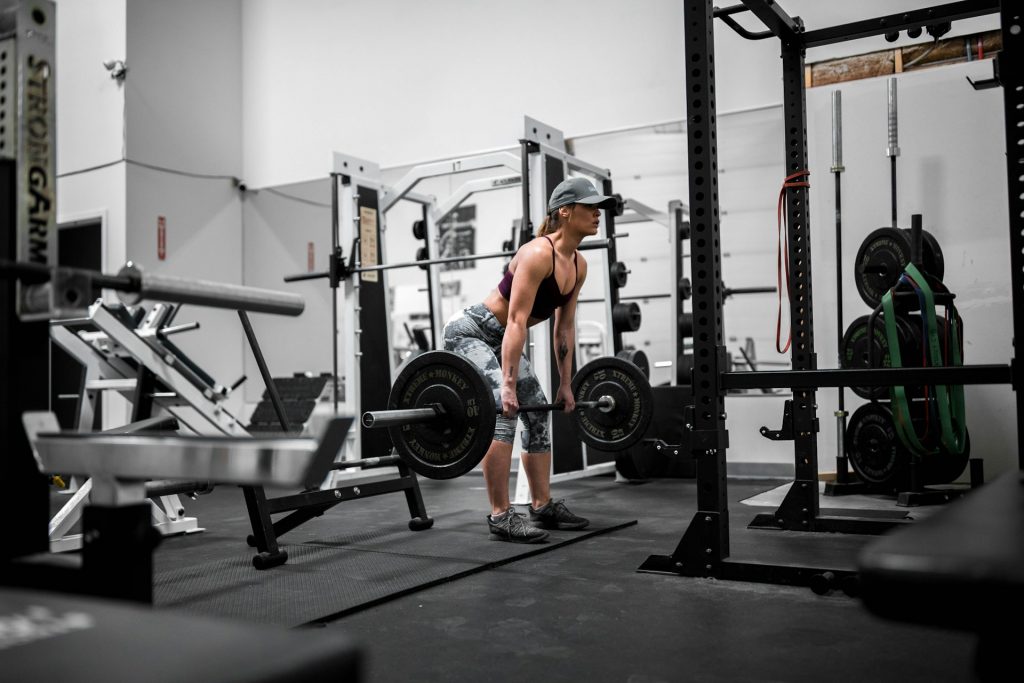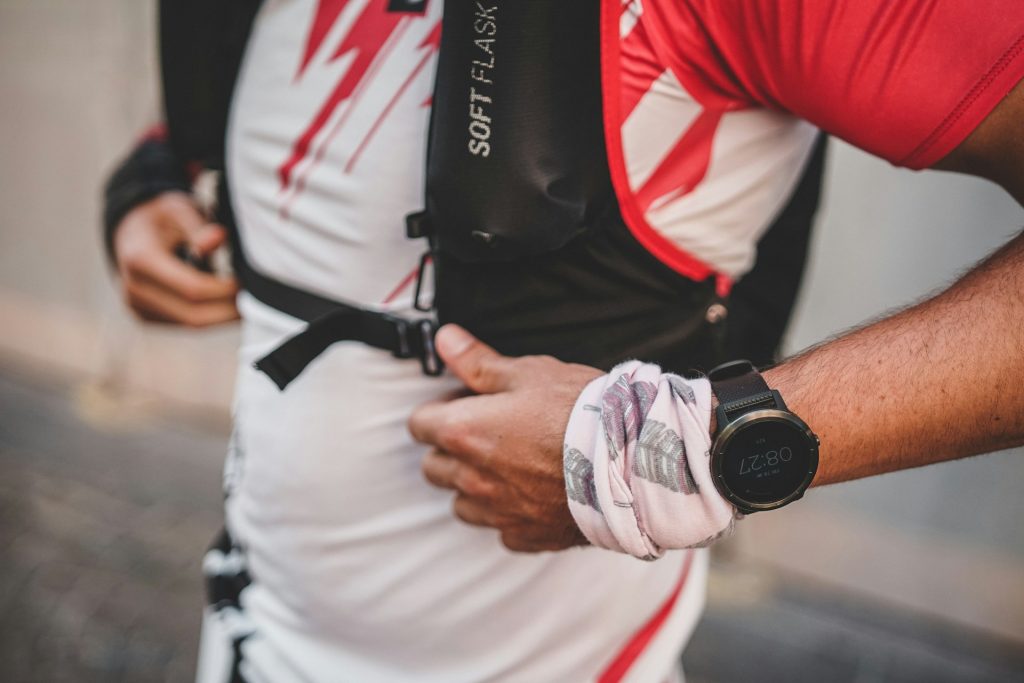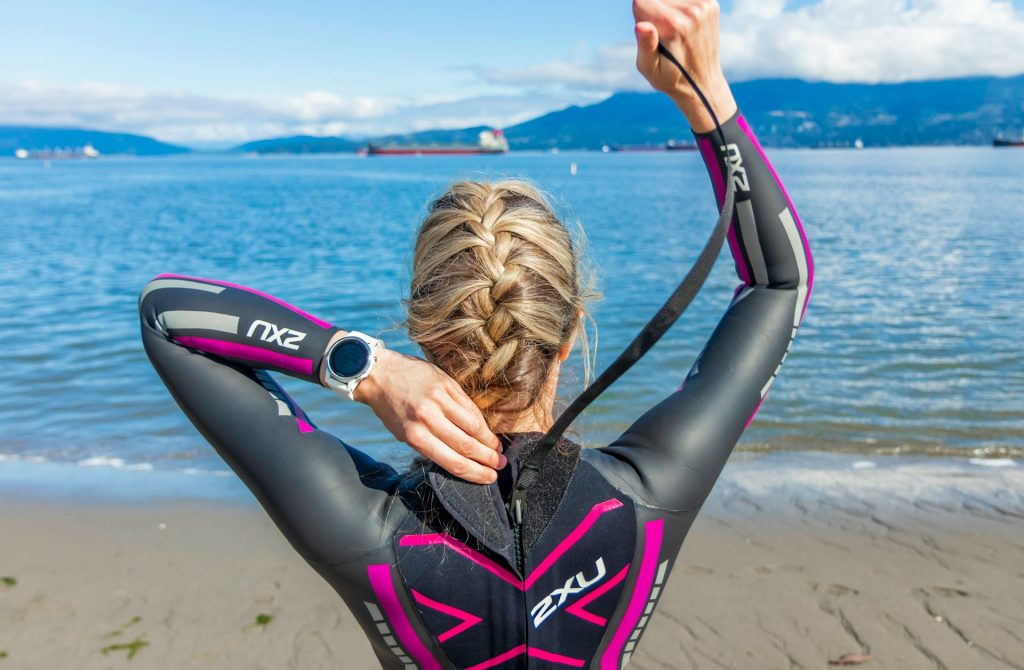The makeup of endurance training is experiencing a revolutionary shift with the integration of artificial intelligence (AI), making structured training more personalized, dynamic, and accessible than ever before. In 2025, AI endurance training platforms like Humango are at the forefront of this transformation, providing athletes and coaches with data-driven insights and instantly adaptive training plans.

What is AI-Driven Endurance Training?
AI-driven training involves using advanced algorithms and machine learning techniques to analyze your performance data, health metrics, and personal goals, and making progressive training fit in around the constraints of your daily life. This data is then used to create a hyper-personalized training plan that adapts in real time based on your progress and any new data received. It’s like having a coach who’s constantly analyzing your every move and tweaking your training regimen to optimize your performance.

Benefits of Using AI in Training
Hyper-Personalization
Every athlete is unique. You have different strengths, weaknesses, time constraints, and goals. AI excels in personalizing training plans to fit your specific needs. By analyzing vast amounts of data, AI endurance training platforms like Humango can identify patterns and optimize training loads and recovery times specifically tailored to you, reducing the risk of injury and enhancing your overall performance.
Dynamic Adaptability
Traditional training plans are rigid and will not account for day-to-day variations in an athlete’s performance or external factors like weather and health. AI-driven plans, however, continuously evolve. If you’re not performing well on a given day or if you’ve had a breakthrough in your training, AI can immediately adjust your program, ensuring you’re always training at the optimum level.
Integration with Wearables
AI endurance training platforms integrate seamlessly with various wearables and devices, collecting real-time data on your heart rate, sleep patterns, health data, and more. This provides a holistic view of your health and fitness, enabling more precise adjustments to your training routines.
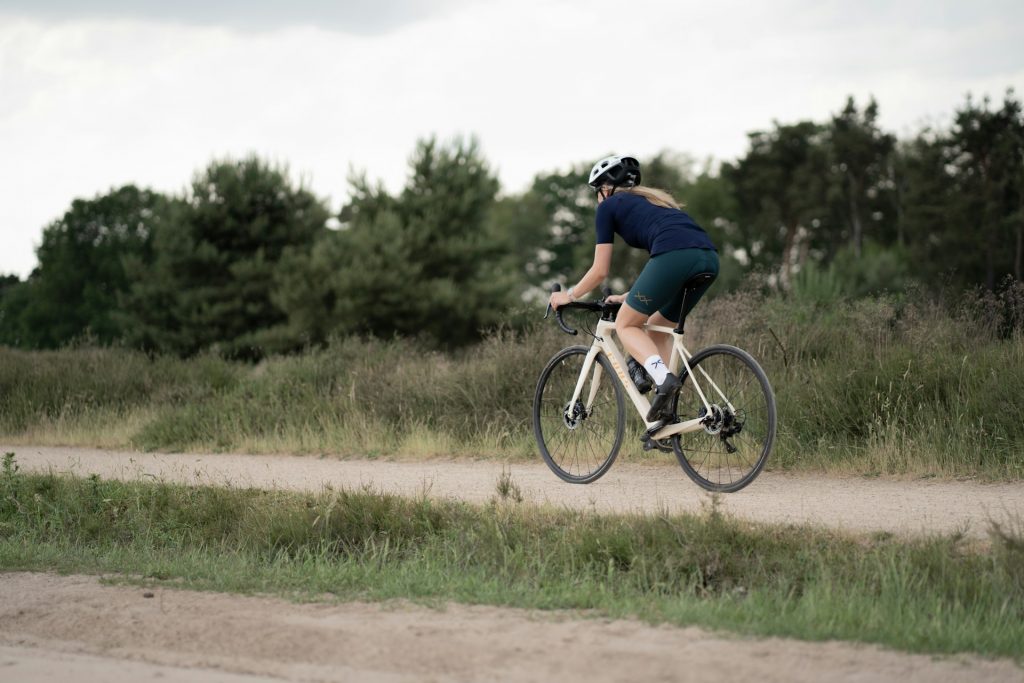
How to Implement AI in Your Endurance Training
- Choose the Right Platform: Start by selecting an AI endurance training platform that aligns with your sport and training needs. Platforms like Humango are designed for a wide range of activities and offer extensive customization options.
- Set Clear Goals: Clearly define what you want to achieve with your training. AI tools are most effective when they have specific targets to work towards.
- Integrate Comprehensive Data: The more data you provide, the better. Connect your wearables and devices, upload your workout and health data, and add subjective metrics to give the AI a comprehensive picture of your profile as an endurance athlete.
- Regularly Review Settings: While AI can automate many aspects of training, regularly reviewing your settings is invaluable. This helps ensure that the AI’s recommendations are in line with your overall training philosophy and long-term goals.
- Embrace Continuous Learning: AI tools evolve with advancements in technology and data analytics. Keep updated with the latest developments and continuously adapt your training approach to leverage these innovations.
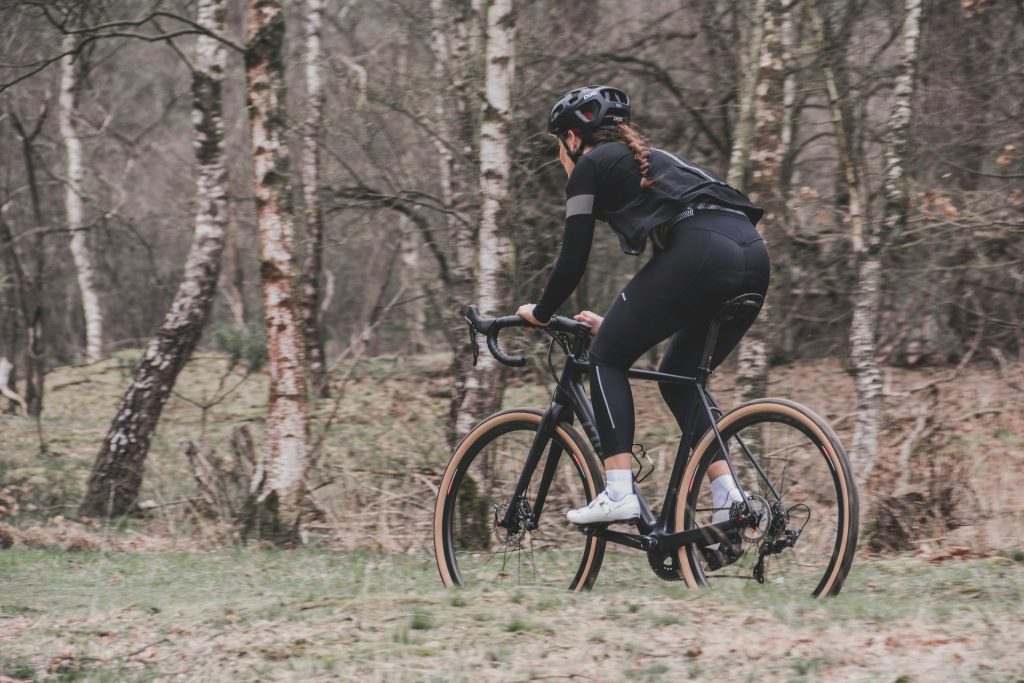
Summary
AI is transforming how athletes train for endurance by providing more personalized, adaptable, and data-driven training plans. As we move further into 2025, the use of platforms like Humango will become increasingly prevalent, enabling athletes at all levels to maximize their potential.
Whether you’re an amateur looking to improve your personal best or a professional aiming for the world stage, Humango’s AI has the tools to optimize your training and help you achieve your goals.


